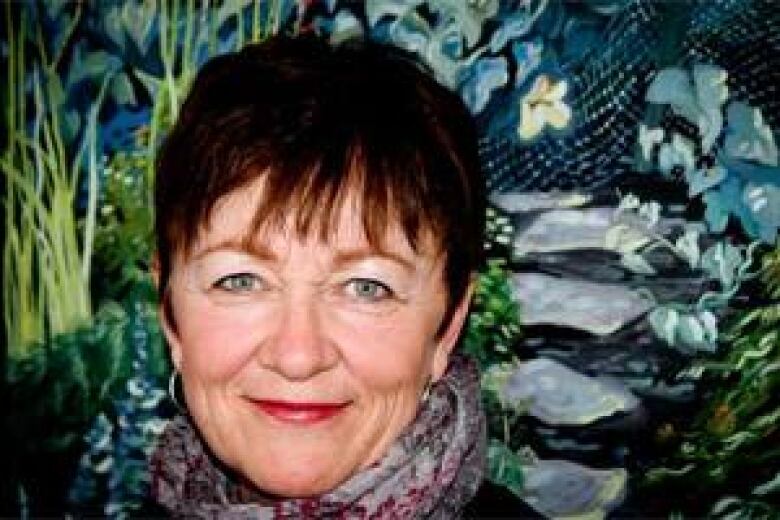How plants hunt, talk and fight
Plants actively forage for food, call in allies to defend againstenemies and appear to nurture their young, a new documentary reveals.
"What blew me away was just how smart they are," said Erna Buffie, director of "Smarty Plants," which airs on CBC-TV's TheNature of Things Thursday at 8 p.m.

"Part of what the film's about is showing to people that plants aren't these pretty, inanimate objects that gardeners work with.They're these incredibly vital, responsive organisms and it turns out they'reway more active than we ever imagined."
The film uses techniques such as stop-motion photography to speed up the slow and subtle but deliberate movements of plants as they "hunt" for food.
"When it's circling the air, sniffing out its host, it's very animal-like," said Buffie in a phone interview from Winnipeg.
Experiments show that a dodder plant can recognize the unique smell of a tomato plant, its preferred host so that it can latch on and feed, vampire-like, on its victim's juices.
Guided by Canadian and U.S. plant scientists, Buffie filmed plants in environments ranging from the scorching Utah desert to the rainforests of British Columbia, using sophisticated equipment such as night vision cameras and a special "probe lens" nearly as long as her arm.
"It really gives you plant's perspective," she said.
In cases where the action happens underground, as in the case of Douglas fir trees sharing food through networks of fungi connected to their roots, Buffie turned to computer animation.
"What appears to be happening is they're moving food around and the biggest beneficiaries are the youngest trees," she said. "So is that mother care? Are mother trees nurturing their young?"

In the Utah desert, Buffie learned that wild tobacco plants can detect that they are being eaten by a particular type of caterpillar called the hornworm, based on the "smell" of its saliva. The plants then call in the caterpillar's predators by releasing other chemical scents.
That kind of recent discovery has raised a lot of scientific questions.
"The main one is 'How the hell are they doing this?'" Buffie said. "They don't have brains, but they must have some kind of parallel system by which they're sensing this information, processing this information and sending more information out."
So far, she said, research in this area has just begun, and scientists don't necessarily know where to look to find all the answers.
"It's a brand new field of investigation," she said. "So it's really exciting days."












_(720p).jpg)


 OFFICIAL HD MUSIC VIDEO.jpg)
.jpg)



























































































